latest
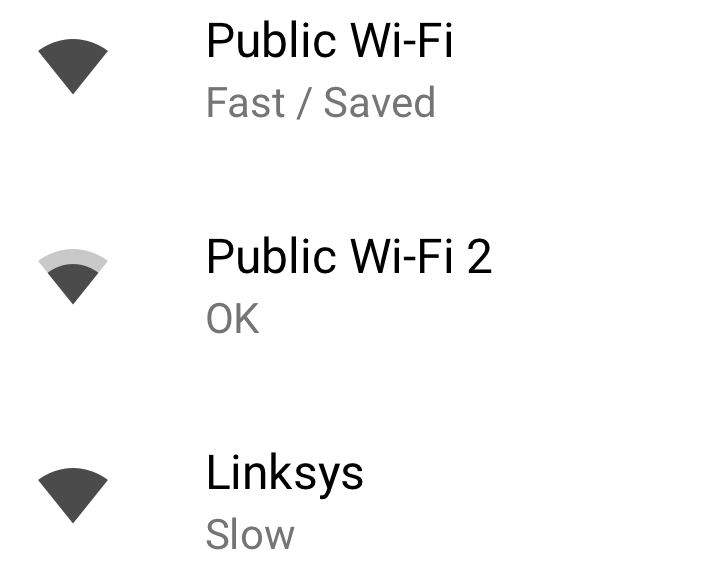
While open Wi-Fi networks are nice to find, they can sometimes be so slow that you'd prefer to just use your precious mobile data. Google seems to agree with this, having implemented these Wi-Fi speed labels for open networks in Android 8.1 Oreo to let users decide whether they should connect to a certain unknown network.
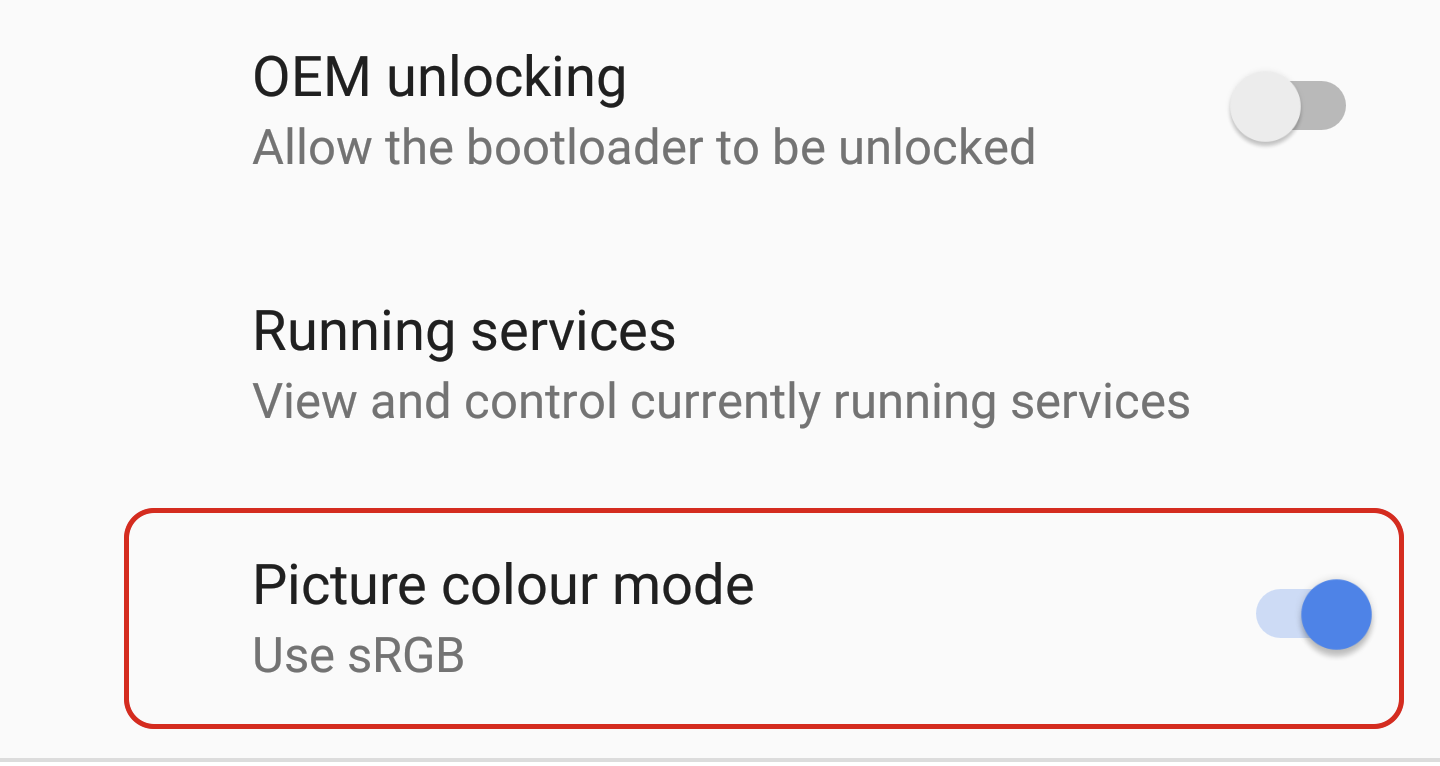
Google can be rather indecisive at times, which often leads to a cycle of adding and removing things from different versions of Android – usually after a user backlash of some sort. With the first developer preview of Android 8.1, Google removed the 'Picture color mode' sRGB toggle from original Pixels and Nexus phones. You'll be pleased to learn that order has now been restored.

Despite having served burgers with cheese below the patty at the Googleplex a few weeks ago, the company has just now fixed the hamburger emoji in Android 8.1 Developer Preview 2. A few other emojis have received mild overhauls as well.
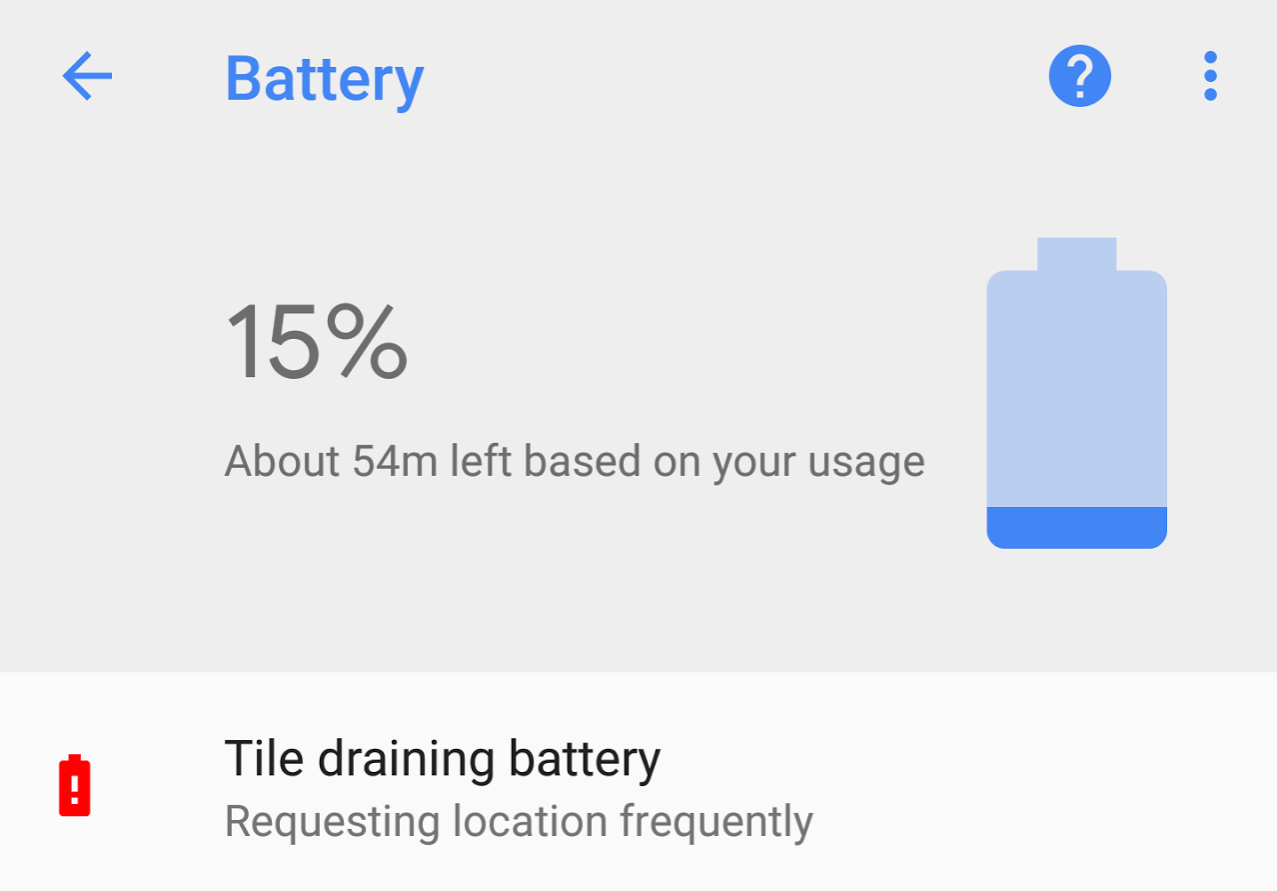
Battery life is always the weak link in our smartphone-centric world, and you often find yourself baffled by the reasons why your battery drains way too fast one day and then seems to last forever the second day. Android has been trying to remedy that for many and many versions, and the latest Android 8.1 Developer Preview adds one more weapon to your arsenal in the fight against battery drainage. It won't help you win the war, but it will more easily answer the question of which app has been misbehaving and how.
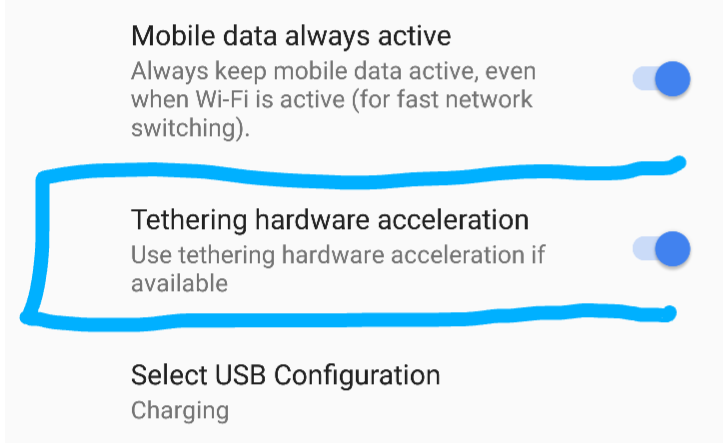
One of the new toggles you'll see in Android 8.1's developer preview is hidden in Developer options, under the Networking category and is called: Tethering hardware acceleration. The description, "Use tethering hardware acceleration if available," doesn't do a lot to clarify the ambiguity of the new option, and the speculation from AP alumni Ron Amadeo and a few users has been that it would use a more efficient method for tethering that relies on hardware. We've been looking into it to try to understand what it does and there are hints here and there that favor that explanation.
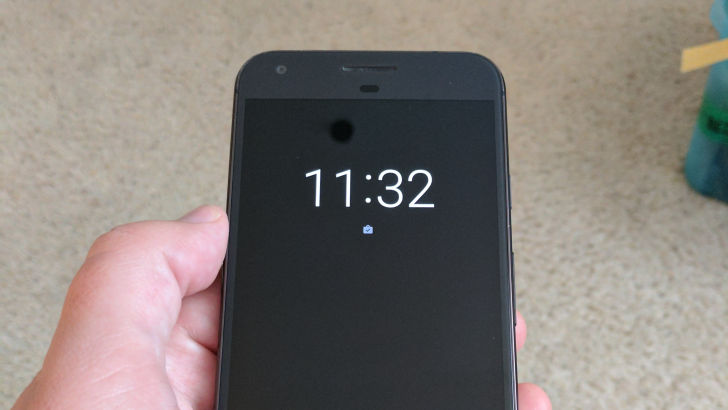
The latest Android developer preview is filled with lots of incremental changes, many of which are thoughtful and useful. It wouldn’t be possible for Google to get everything right in a beta release, though, and this alteration seems to be more of a backward step.

Restart functionality has been in many Android skins for years, but Google only officially introduced it to stock Android last year with Android 7.1. However, the pop-up that appeared when you hit the restart button still showed the default text for a shut-down instead of 'Restarting...', which is much more logical. Android 8.1 Oreo fixes this issue, and brings a splash of color to both the shut-down and restart screens to go with the new power menu design.
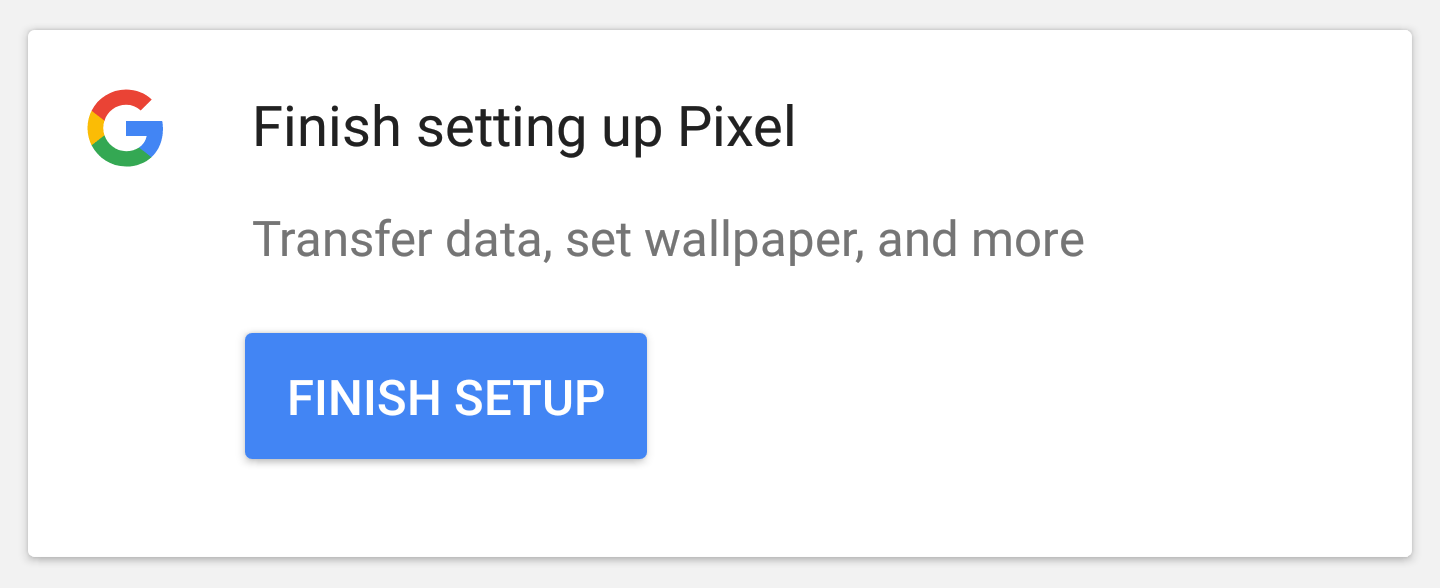
Backing up and restoring data is something that Android hasn't always handled so well, but it's got a lot better in recent versions. Since Marshmallow, automatic app data backups have made switching between phones a whole lot easier, bringing all your apps and settings with you. This means that you can set up a new device and have it look identical to your old one, without having to go through the agony setting everything up again.
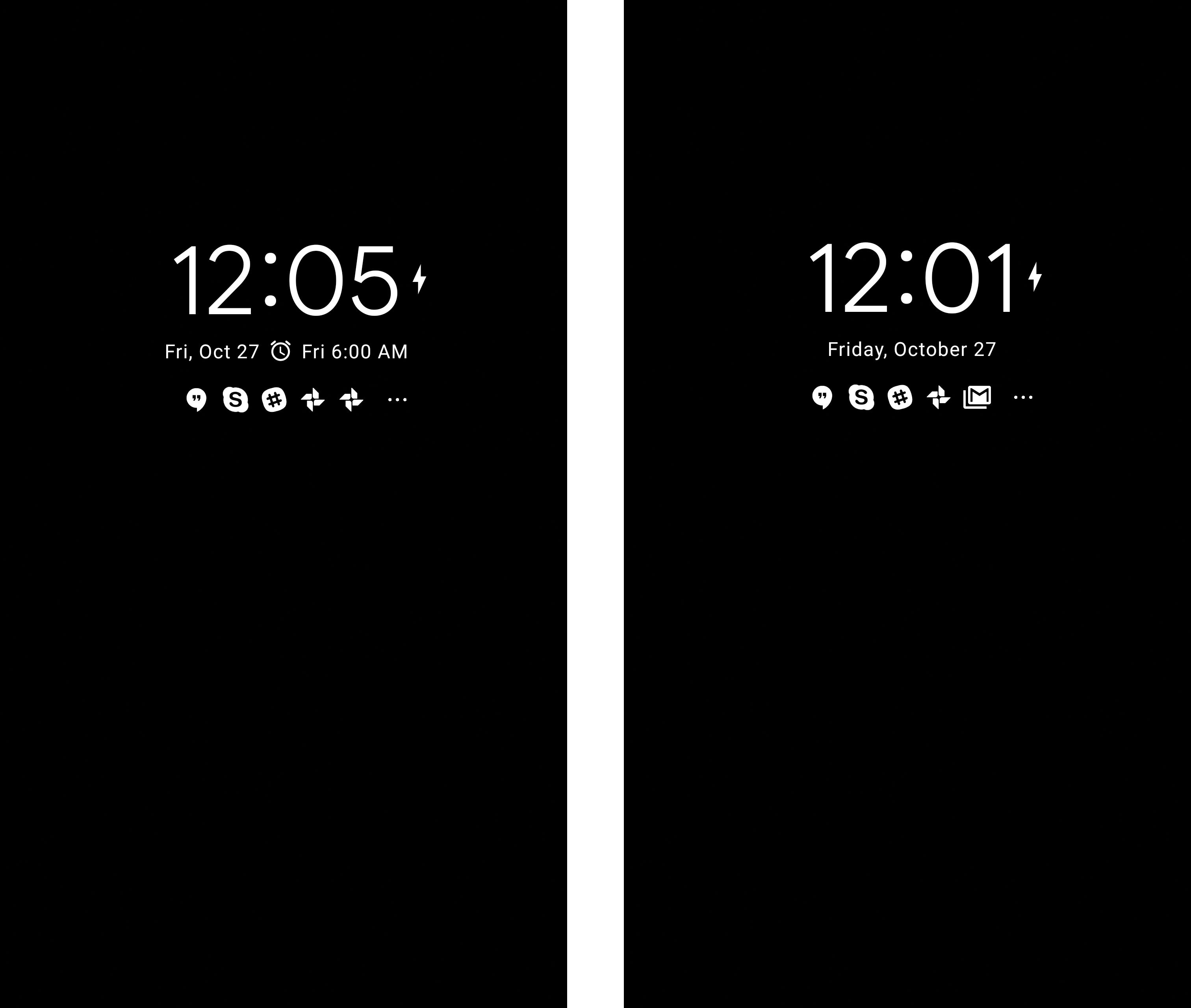
Google made some big changes to Ambient Display in 8.0, not all of which made people happy. It was a very minimal interface, rather than being a monochrome version of the lock screen. In Android 8.1, Google is adding a few new elements to Ambient Display, but it's still keeping the minimal vibe.
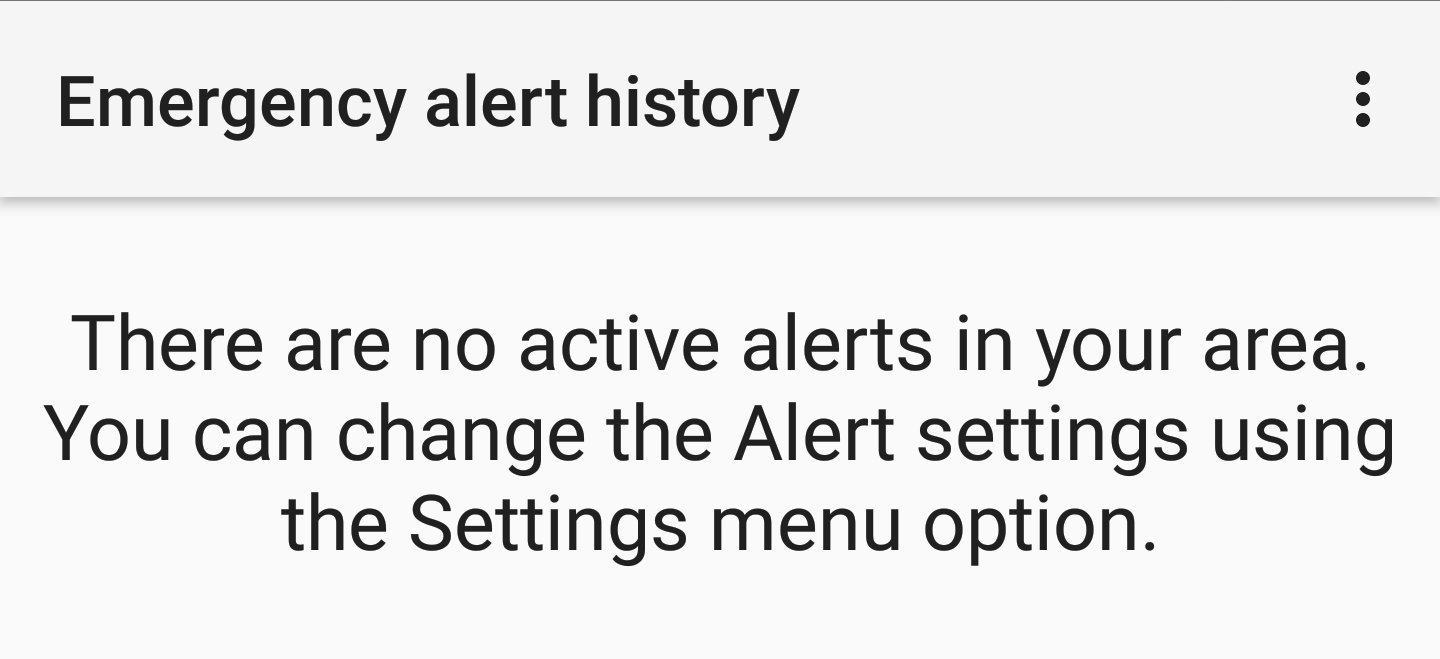
It's long been possible to receive important emergency alerts on your Android device, and with the introduction of the 8.1 developer preview the settings have been given a bit of a makeover. This one can definitely be filed with the other minor but useful dev preview changes. As well as a reorganization of the alerts section in the settings, there's also a history list so you can see previous alerts, including those you've accidentally dismissed.
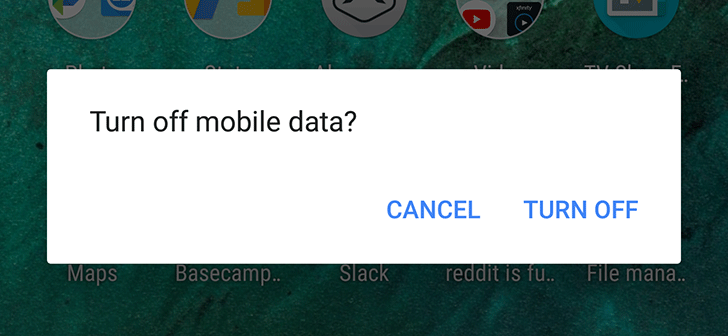
Over the course of the last few Android versions, Google has seemingly struggled to decide on exactly how some of the quick settings options should work. Some are simple toggles, some bring up extra details in the quick settings pane, and some take you through to the settings app. Several of them also have different behavior depending on whether you short or long-press them.
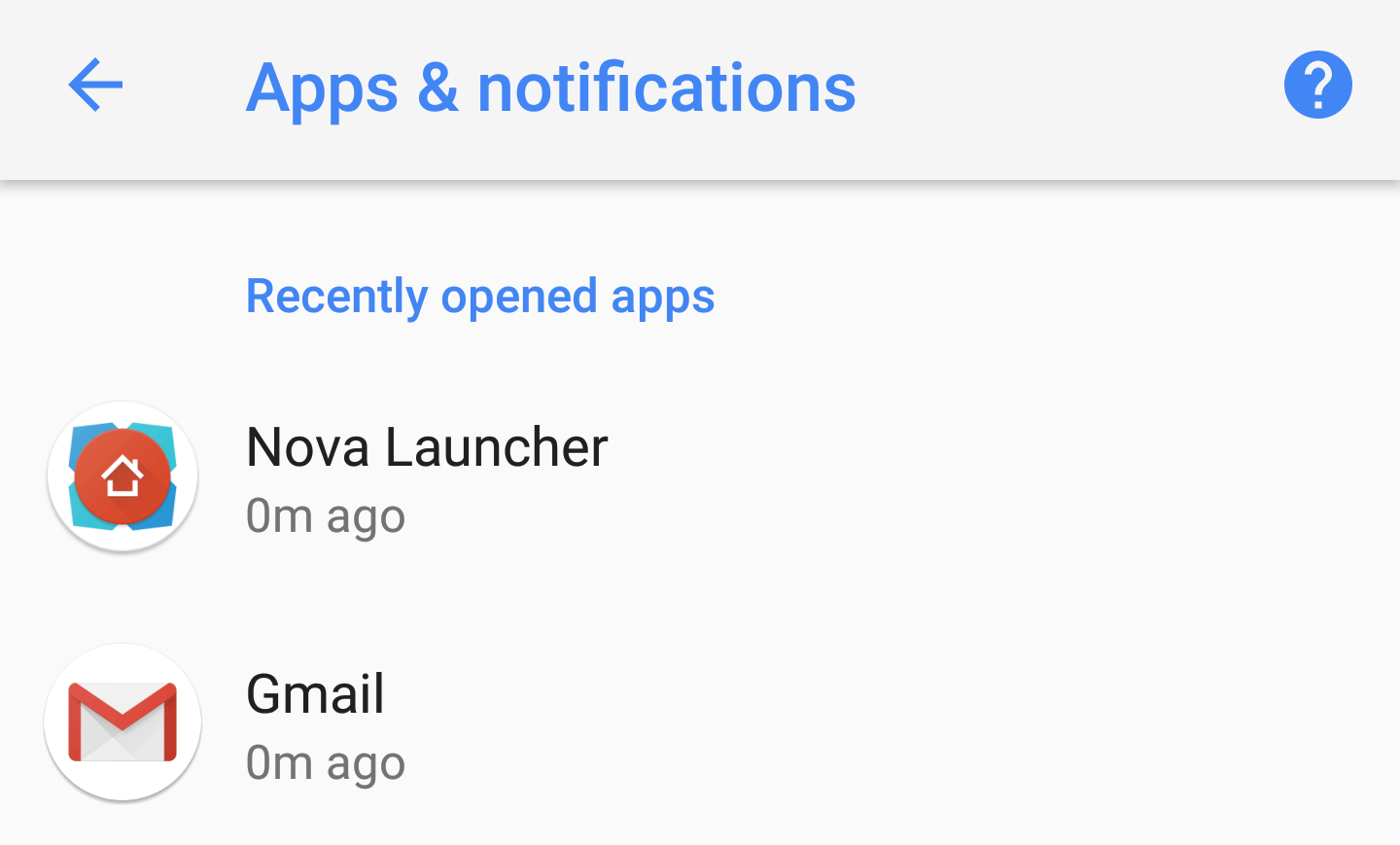
So far, the changes we've uncovered in the Android Oreo 8.1 developer preview have mostly been superficial and/or relatively minor. This one's no different, even if it is rather useful. The 'Apps & notifications' section in settings is the place to get app info, choose which apps show notifications, or change permissions and defaults, among other similar functions. In the 8.1 dev preview, this menu has been updated to include recent apps.

Read update
The Pixel 2 and 2 XL include a number of small tweaks that other 8.0 devices, even the OG Pixels, don't have. For example, the home screen's theme changes based on your wallpaper. We already knew that was coming to more phones in 8.1, and there's another theme feature from the Pixel 2 that's in 8.1 as well. Accent colors are pulled from your wallpaper for the notification and power menu shadows.
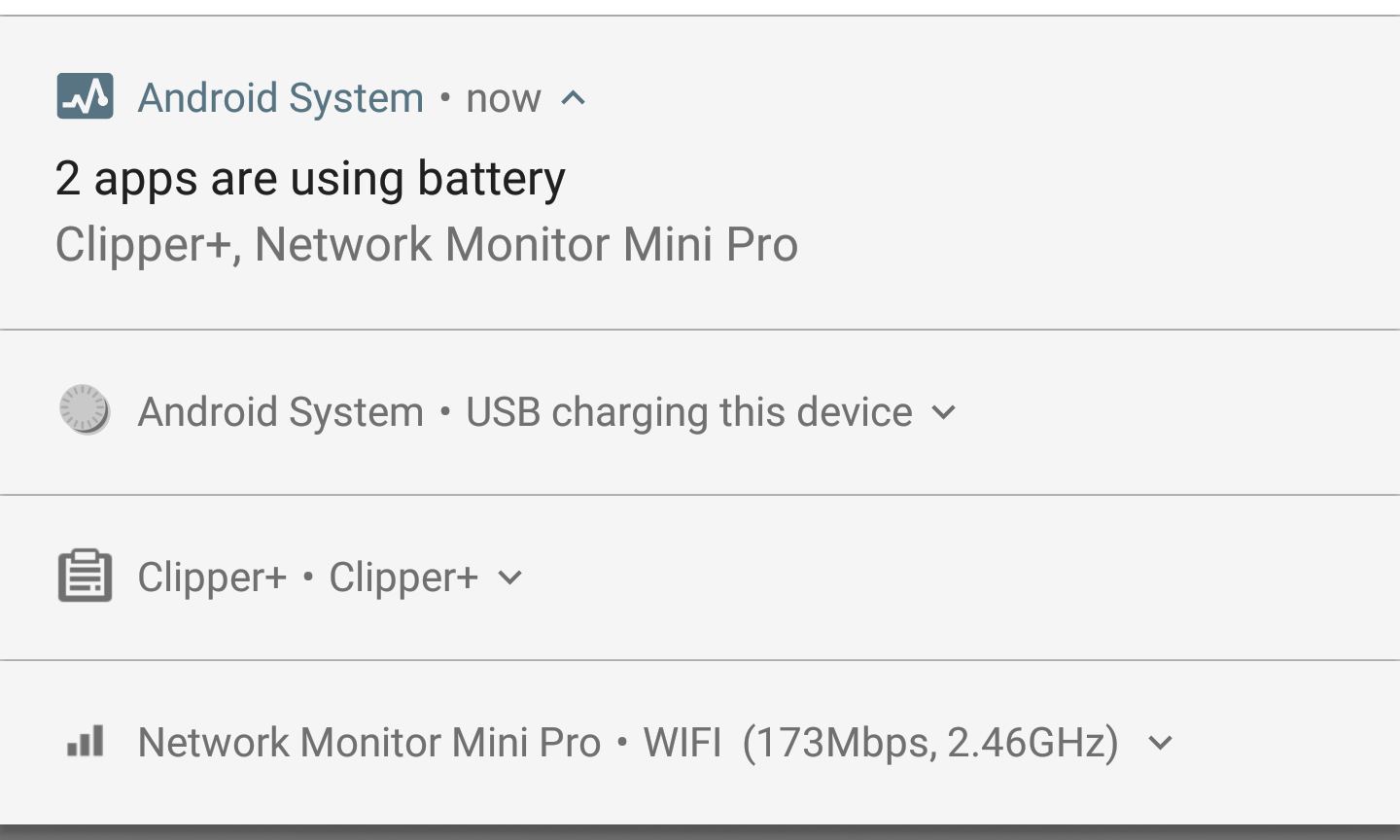
Android 8.0 introduced some big changes to notifications, but not all of them have been well received. The "running in the background" notification could be annoying if you always have something like a VPN active. We covered a way to get rid of that notification with a third-party app, but the Android 8.1 dev preview makes it possible to hide it without installing anything else.
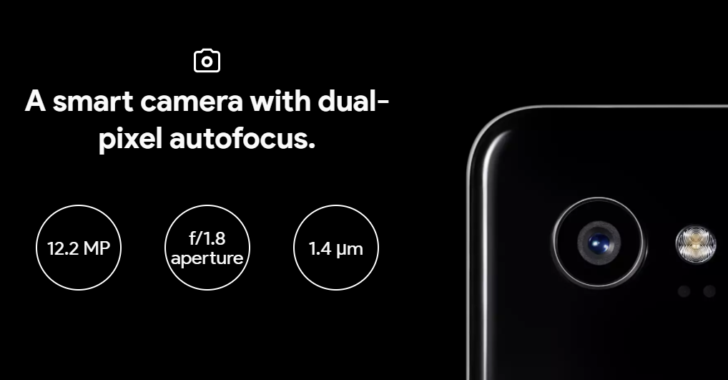
One of the new features in the Pixel 2 and Pixel 2 XL is the 'Visual Core.' As we covered before, this is a custom chip developed by Google to improve photo processing. The Pixel 2 and 2 XL shipped with this chip disabled, with Google promising that it would be activated "in the coming months."

Read update
- If you don't like the padding and you're handy with ADB, the guys over at XDA have made a guide showing how to disable it. To adjust the rounded corners, use this command (26.0 is the default for the 2 XL, and 0 for the 2):
Google had rounded status bar icons in its phones' marketing materials for the Pixel, though the devices came with regular, squared-off icons in reality. But with the introduction of 8.1, we're finally getting legitimately rounded icons in the status bar, even if the change is extremely hard to notice. There's also now padding on the left and right sides of the status bar icons, regardless of whether it's necessary for your particular device.

Those of you who are fans of darker themes on software won't be happy with this change we've discovered in the Android 8.1 Oreo developer preview: toast messages now have a lighter, inverted theme. This was likely done in order to match the rest of the much whiter user interface, which the gray toasts didn't really go with.
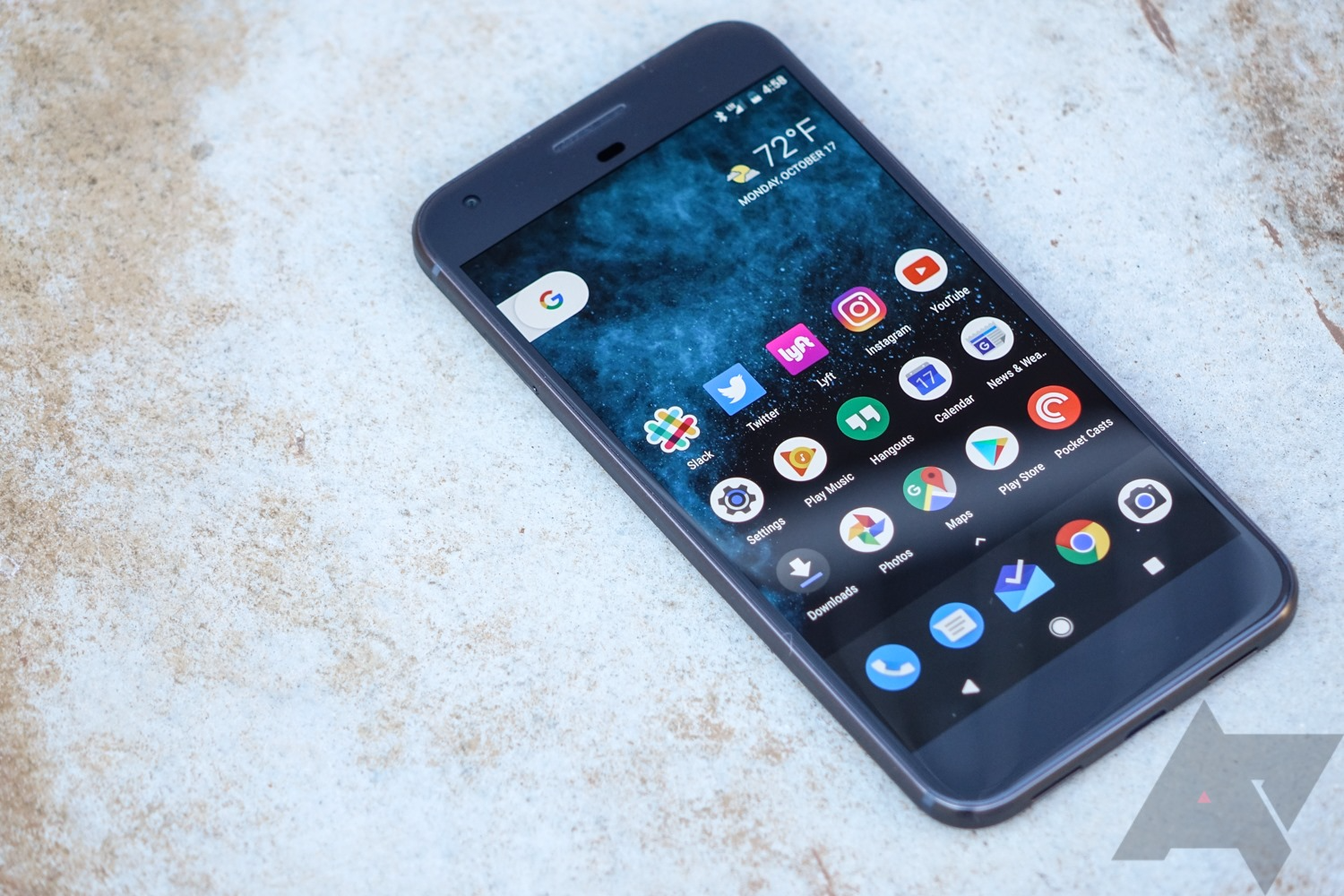
Read update
- Another longtime Android engineer Dan Sandler chimed in with this:
Have you ever had the experience of turning your phone back on after running out of juice several hours prior, only to be bombarded with a barrage of delayed notifications, beeping and pinging as soon as it connects to the internet? Or maybe you're just in a particularly chatty WhatsApp group and someone decides to send everyone else 20 photos all at once, sending your phone's poor vibration motor into a frenzy? Yeah, that can get annoying.
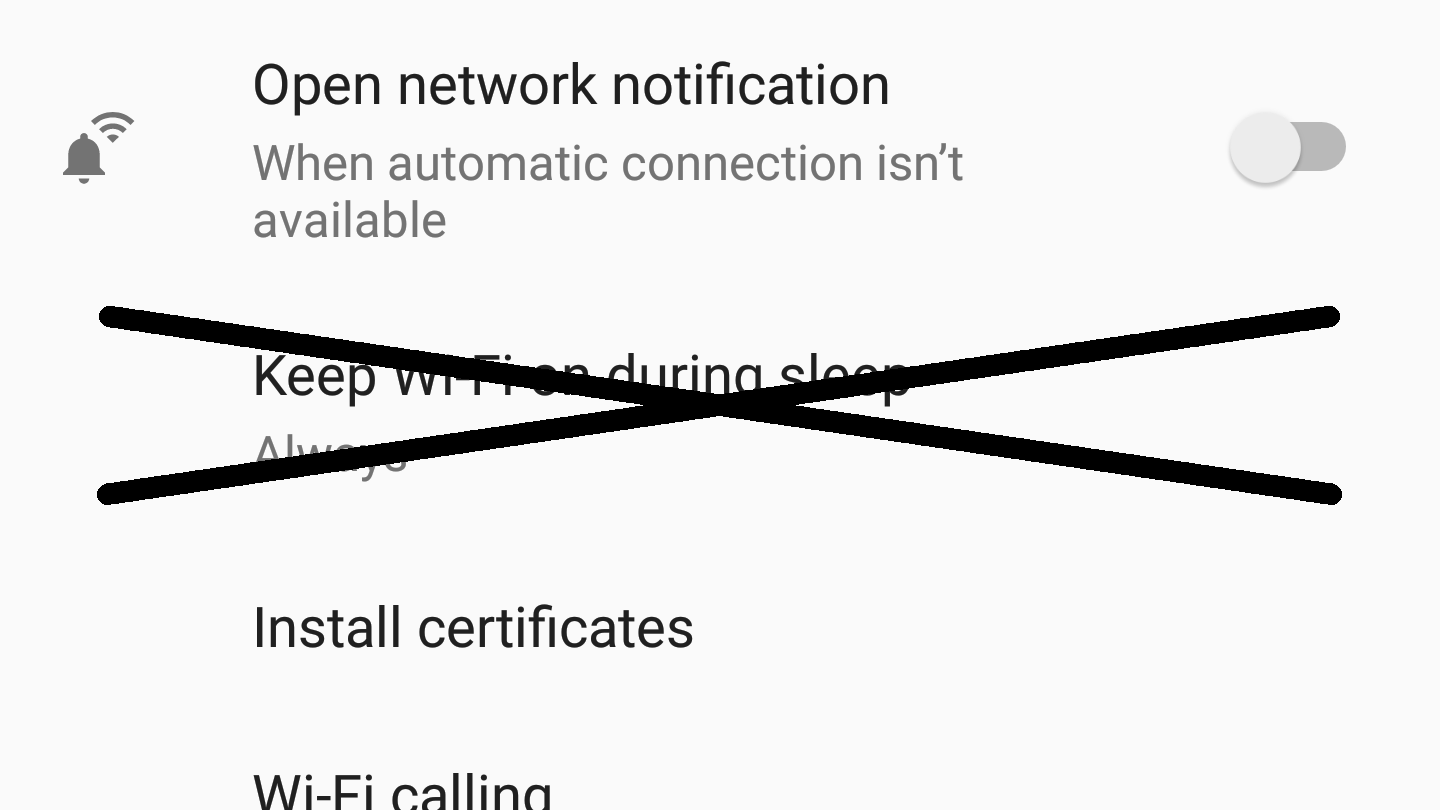
If you have an incredibly detailed memory, you may recall as far back as around 24 hours ago, when we talked about how the "Keep Wi-Fi on during sleep" setting was apparently removed for the Pixel 2s. We felt that it was a confusing, unnecessary, and potentially unintentional change, but Google is doubling down. With the latest Android 8.1 developer preview images, the option is now missing on more than just the Pixel 2, likely confirming that the change was intended.
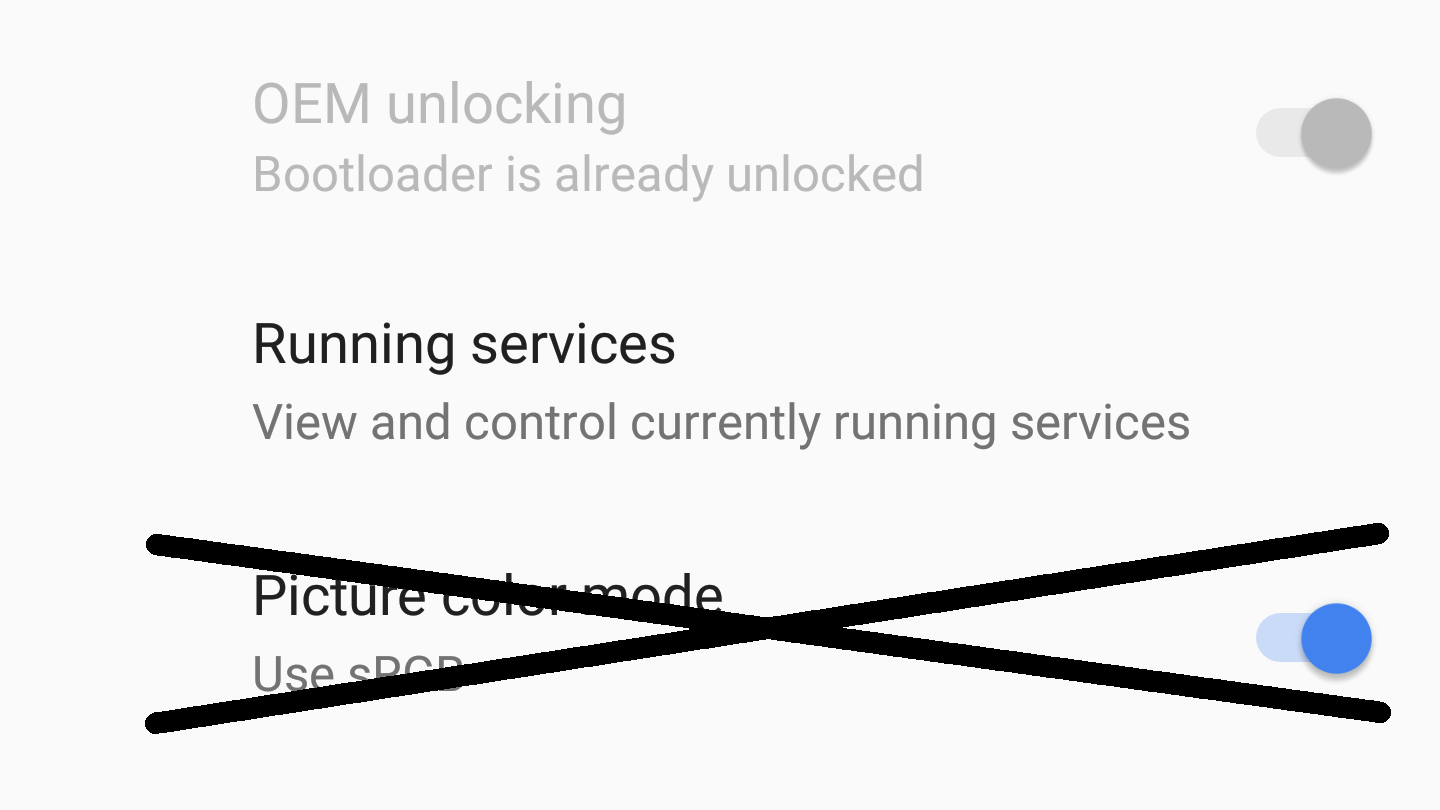
Calibrated color has been a hot topic recently for both Android and the Pixel 2 phones, and the Android 8.1 developer previews indicate more changes on the horizon. As of the current preview images, the "Picture color mode" sRGB toggle in Developer options has been removed. This change makes devices like the OG Pixels and last-generation Nexuses match the new Pixel 2 and 2XL, which similarly lack the setting since a calibrated mode is the default.






